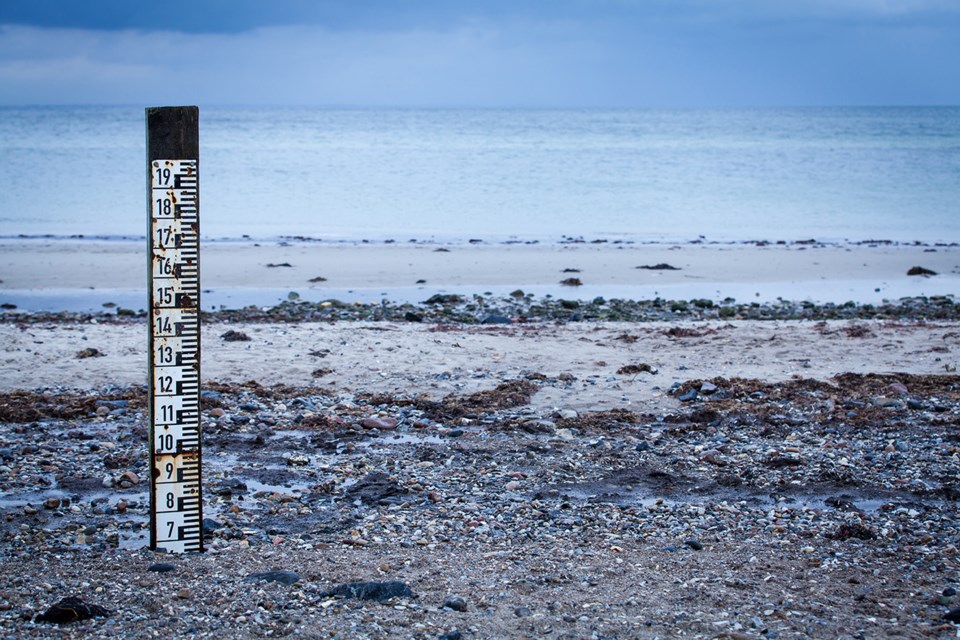Squamish is an oceanfront community and like the majority of B.C.’s coastal communities, we find ourselves threatened by sea level rise. As climate change heats the planet, we are seeing water molecules expand which when coupled with melting ice sheets and glaciers has led to significant sea level rise.
Conservative estimates predict that up to 4.3 million people could be displaced globally by 2100, more liberal estimates predict up to 13.1 million displaced according to research from the University of Georgia’s demography program.
With all this in mind, the question looms what is Squamish doing to be prepared for sea level rise?
I caught up with the Mayor Patricia Heintzman and municipal engineer David Roulston to talk about what the municipality is doing to prepare.
Heintzman told me that Squamish’s soon to be enshrined floodplain bylaw and coastal flood mitigation plan is from a policy perspective far ahead of many other coastal communities in British Columbia.
Together these plans outline strategies to prepare for coastal flooding with the expectation that Squamish will see a one-meter sea level rise by the year 2100.
One aspect of these plans is the construction of a sea dike in several phases.
For those unfamiliar with the term, a dike is basically a sloped artificial wall made of earth, built to protect the mainland from flooding.
By building the dike in phases Roulston told me via email that the municipality hopes to spread costs fairly among generations and ensure that the dike is being built with the most recent sea level rise predictions in mind.
This is important because the one-meter prediction that dikes are being designed for is just a prediction, we can expect to see anywhere between a half to one and a half meters of rise by 2100, being responsive to the range of possibilities is an important part of keeping the community afloat.
From a planning perspective, it is important to recognize that as the dike gets taller to withstand floods in 2100, it must also become wider.
To accommodate for this horizontal growth a portion of the upcoming floodplain bylaw is dedicated to ensuring that necessary land is purchased and appropriate building setbacks are put in place for dike expansion through the years.
Some residents along the Mamquam blind channel have already witnessed new sea diking being built, which is an unfortunately noisy and impactful process – nonetheless, Roulston says it is the necessary step toward building a resilient community.
Over the coming years, residents will be able to expect the continued construction and upgrading of our community dike systems. Luckily for the community, the 300 meters of diking built downtown over the past two years was funded by developers.
Beyond diking and in line with provincial guidelines, the District now requires new buildings in the coastal floodplain to be lifted one meter above current sea level to accommodate for the estimated 2100 sea level.
Upon adoption of the new Floodplain Bylaw within the next month, current landowners who find themselves in the floodplain will have to develop in regulation with this one-meter lift policy and meet the minimum setback distance from proposed dikes.




